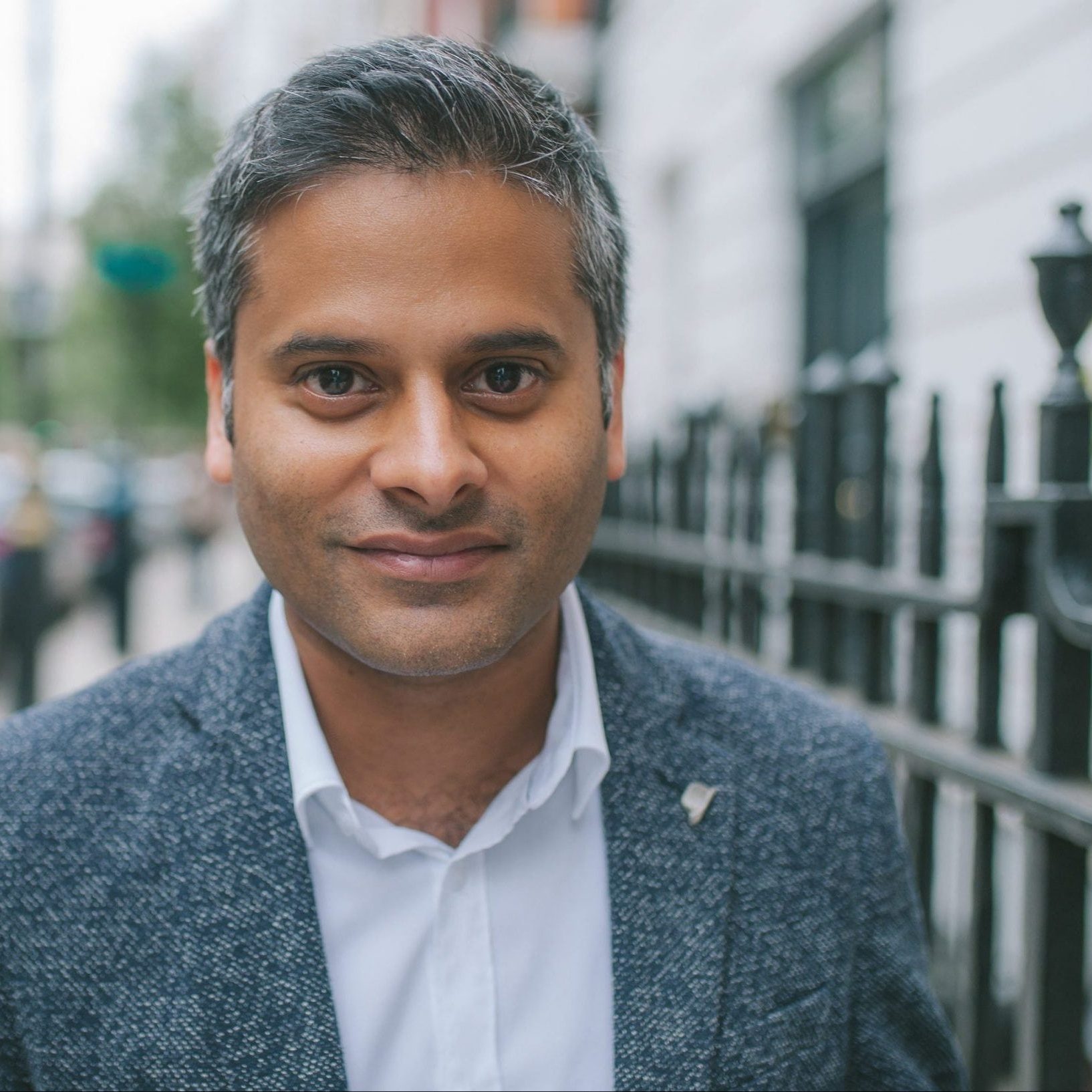Research
Dr Sayan Sen's research interests involve both first-in-man and larger multi-centre clinical trials. His research has been published in the leading medical journals and has changed clinical practice around the world.
Dr Sen leads a research team at Imperial College London that focuses on improving patient outcomes. The findings of these studies have influenced cardiology practice across the globe.

Most Impactful Research
Development and Validation of a New Adenosine-Independent Index of Stenosis Severity From Coronary Wave–Intensity Analysis
Journal of the American College of Cardiology, 2012
This study was the result of Dr Sen's PhD. It was the first to introduce iFR (the instantaneous wave-free ratio) - a new technique of informing cardiologists which patients may need a stent. The study challenged the key assumptions of how blood flows in coronary arteries and lead to the development of a new technology that is now routinely used in clinical practice around the world.
Use of the Instantaneous Wave-free Ratio or Fractional Flow Reserve in PCI
New England Journal of Medicine, 2017
Dr Sen was the medical director of this study. It was the largest clinical trial ever to be performed in this field. It demonstrated that the new technology of iFR (derived in the 2012 study above) is just as safe as the established technology, but much more cost effective and much better tolerated by patients. The Editorial declared iFR the new standard for care when deciding if a patient needs a stent. It led to the adoption of iFR into American guidelines and it is now used in over 6000 hospitals globally. Dr Sen often travels around the world to teach on how to use iFR.
Patent foramen ovale closure vs. medical therapy for cryptogenic stroke: a meta-analysis of randomized controlled trials
European Heart Journal, 2018
This study demonstrated the importance of closing a small hole in the heart in some patients who have had a previous stroke. Prior to this it was not clear if closing the hole (called a PFO – a connection between the right and left sides of the heart) was helpful. This study demonstrates that closure of this hole, with a minimally invasive procedure significantly reduced the future risk of stroke.
All Research
A complete list of Dr Sen's research is available online here.